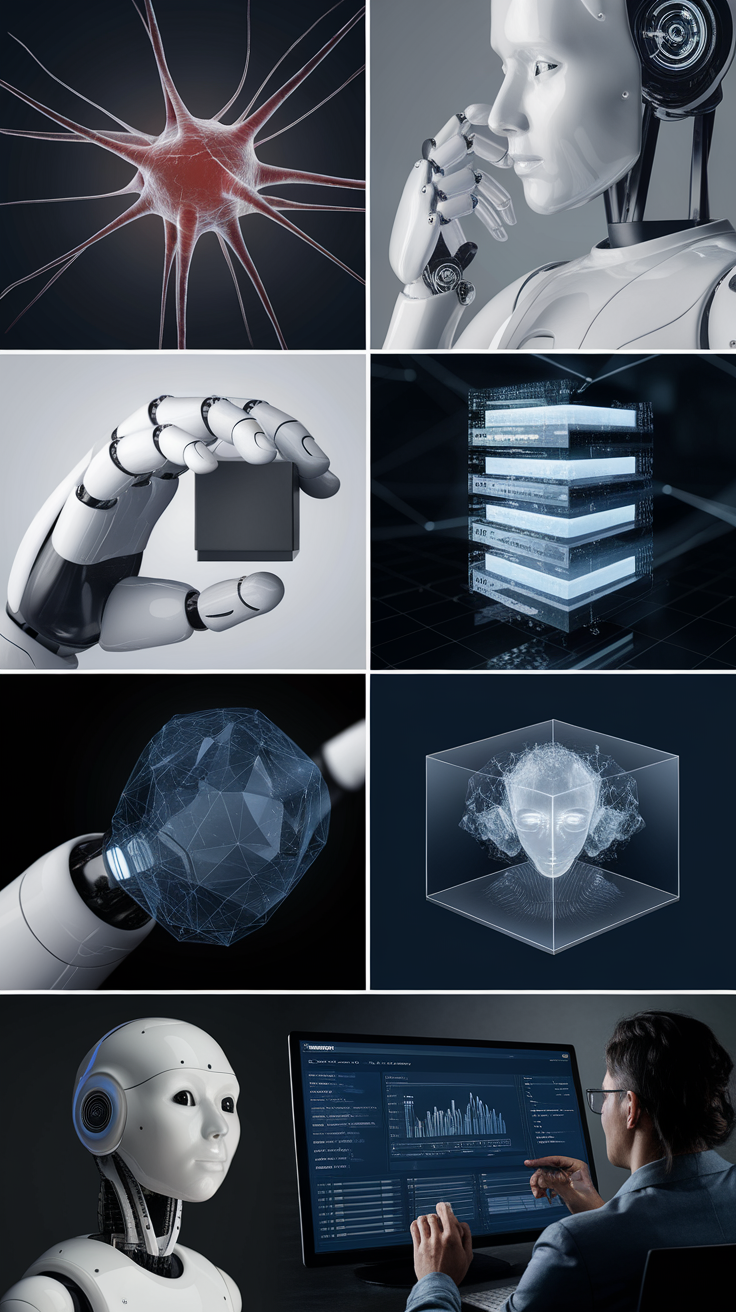The Evolution of AI: How Explainability and Transparency are Revolutionizing AI Development
Last Updated: July 1, 2025 at 6:00:36 AM UTC
As AI becomes increasingly integral to our lives, the importance of explainability and transparency in AI development cannot be overstated. This blog post explores the current state of explainable AI and its potential to revolutionize the field.

The field of Artificial Intelligence (AI) has made tremendous progress in recent years, with applications in various industries, from healthcare to finance. However, as AI becomes increasingly integral to our lives, the importance of explainability and transparency in AI development cannot be overstated. In this blog post, we'll explore the current state of explainable AI and its potential to revolutionize the field.
The Need for Explainability
AI models are often opaque, making it difficult to understand how they arrive at their predictions or decisions. This lack of transparency can lead to mistrust and skepticism, particularly in high-stakes applications such as healthcare, finance, and law enforcement. Explainable AI (XAI) addresses this issue by providing insights into the decision-making process of AI models, enabling users to understand the reasoning behind the output.
Current State of Explainable AI
Explainable AI has made significant progress in recent years, with various techniques and tools emerging to provide insights into AI models. Some of the most popular approaches include:
- Model interpretability: Techniques such as feature importance, partial dependence plots, and SHAP values help to understand how individual features contribute to the model's output.
- Attention mechanisms: Models that focus on specific parts of the input data, such as sentences or images, can provide insights into the decision-making process.
- Explainable neural networks: Architectures such as residual networks and transformers provide insights into the decision-making process by highlighting the most important layers and neurons.
Applications of Explainable AI
Explainable AI has numerous applications across various industries, including:
- Healthcare: Explainable AI can help doctors understand the diagnosis and treatment recommendations made by AI models, improving patient outcomes and trust in AI.
- Finance: Explainable AI can provide insights into the decision-making process of AI-powered trading systems, enabling users to understand the reasoning behind investment decisions.
- Law enforcement: Explainable AI can help law enforcement agencies understand the decision-making process of AI-powered surveillance systems, improving transparency and accountability.
Challenges and Future Directions
While explainable AI has made significant progress, there are still several challenges to be addressed, including:
- Scalability: Explainable AI techniques often require significant computational resources and can be computationally expensive, making it challenging to scale to large datasets.
- Interpretability: Explainable AI models may not always provide accurate or interpretable results, particularly in complex domains such as natural language processing and computer vision.
- Human-AI collaboration: Explainable AI models may not always provide insights that are easy to understand or actionable, requiring human-AI collaboration to interpret and act on the results.
Conclusion/Key Takeaways
Explainable AI has the potential to revolutionize the field of AI development by providing insights into the decision-making process of AI models. As AI becomes increasingly integral to our lives, the importance of explainability and transparency cannot be overstated. By addressing the challenges and limitations of explainable AI, we can unlock its full potential and create more trustworthy and accountable AI systems.
Explainable AI is not just a technical challenge but a societal imperative. As AI becomes more pervasive, it is essential that we develop AI systems that are transparent, accountable, and trustworthy.











